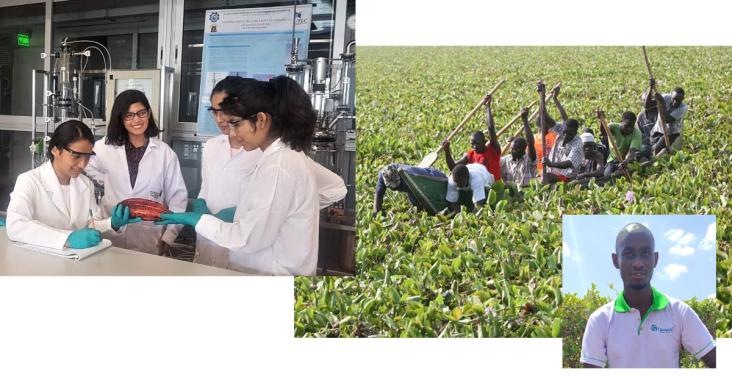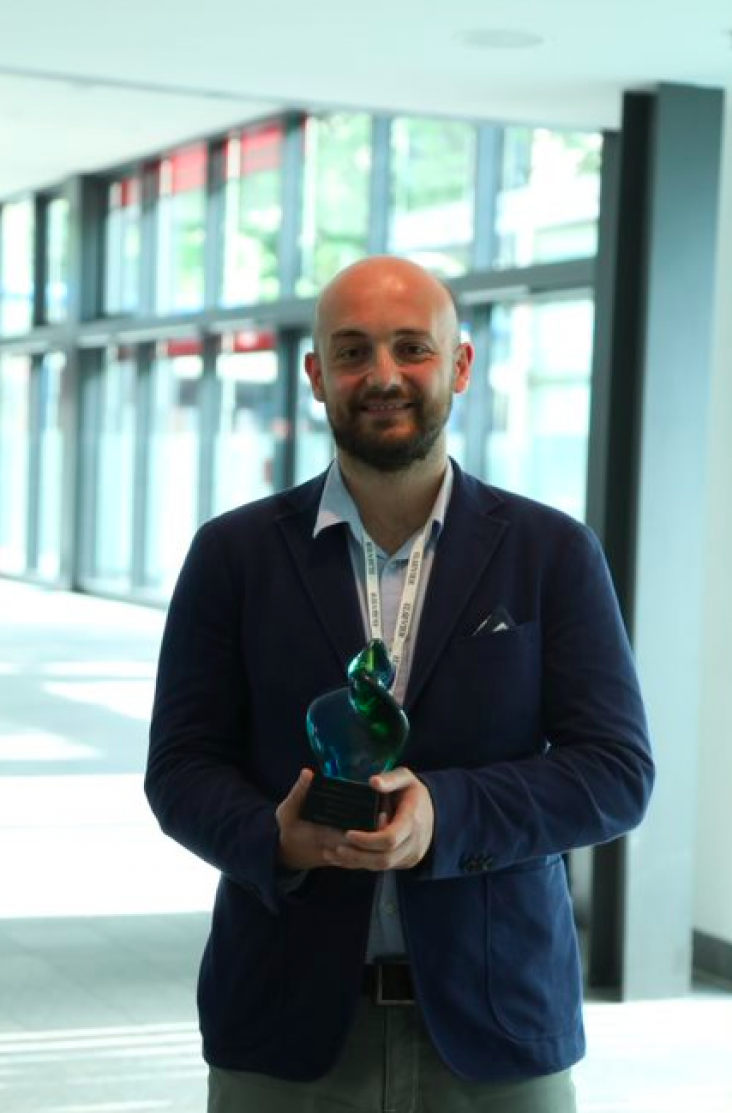
The Baltic Sea is essential for marine ecosystem services (MES) provision and the region's socio-economic dynamics. It is considered one of the busiest and most polluted regional seas in Europe.
Restoration thinking provides a new paradigm for charting a bold future that prevents further loss of biodiversity and habitat destruction, avoids catastrophic climate change, and promotes the well

Rivers and estuaries transport vast amounts of carbon from land to oceans and play an important role in the global carbon cycle through their high rates of carbon respiration and sequestration.
Technology can be used to target hotspots of marine plastic pollution. The Inventory is a tool to identify plastic pollution prevention and cleanup technologies.

This article highlights the winning proposals of the fifth edition of the Elsevier Foundation Green & Sustainable Chemistry Challenge. The winning proposals were chosen for their innovative green chemistry aspects and their large positive impact on the environment, contributing to SDGs 7, 8, 10, 12, 13, 14 and 15.
This book chapter addresses goals 12, 14 and 15 by discussing the debate surrounding the role of biodegradable plastics in solving plastic solid waste accumulation and assisting the transition toward a circular economy, in turn encouraging more sustainable communities and responsible consumption.
Elsevier,
Galapagos Giant Tortoises, Biodiversity of World: Conservation from Genes to Landscapes, 2021, Pages 503-509
This book chapter advances SDGs 13, 14, and 15 by presenting a framework for prioritizing future conservation efforts. The chapter ends with a vision of Galapagos tortoise populations 200–300 years from now—as they follow a slow, steady path to full recovery.
This book chapter addresses goals 14, 13 and 6 by looking at climate change and the threats to deep sea benthic habitats.

In 2018, Dr. Alessio Adamiano, a researcher for the Italian National Research Council at the Institute of Science and Technology for Ceramic Materials, was awarded the second prize of €25,000. Contributing to SDGs 2, 13 and 14, his project, “Phos-Fate: Empowering fishing communities for climate change”, demonstrated how phosphorous can be recycled in a simple, scalable way by converting fish bones into products such as fertilizers. Two years later, we interviewed Dr. Adamiano about his experience at the Challenge, as well as the upcoming steps for his project empowering fishing communities for climate change.
Elsevier,
Aquananotechnology: Applications of Nanomaterials for Water Purification, 2021, Pages xv-xxiv
This book chapter advances SDG 6 and 14 by introducing and summarizing efforts of nanomaterials research for environmental remediation--focusing on water purification
